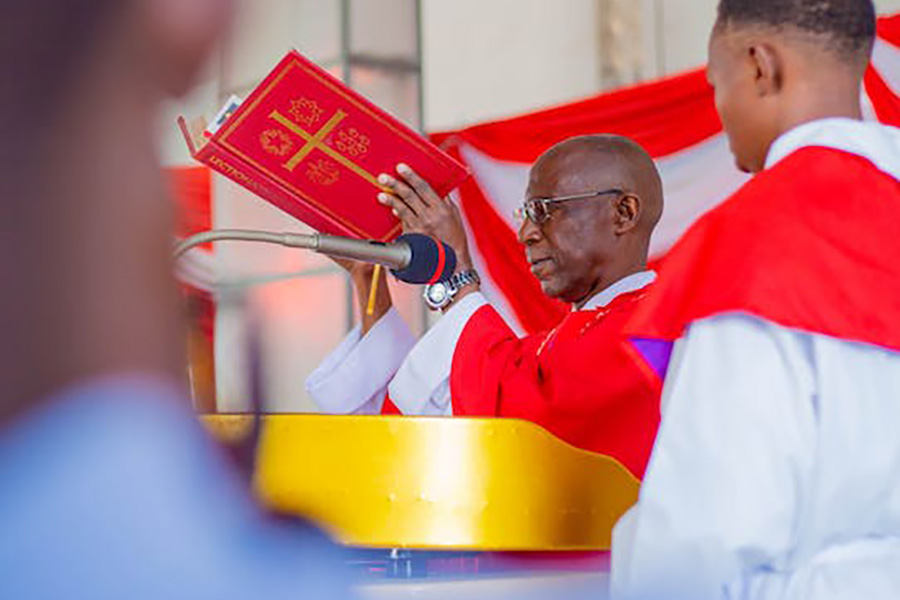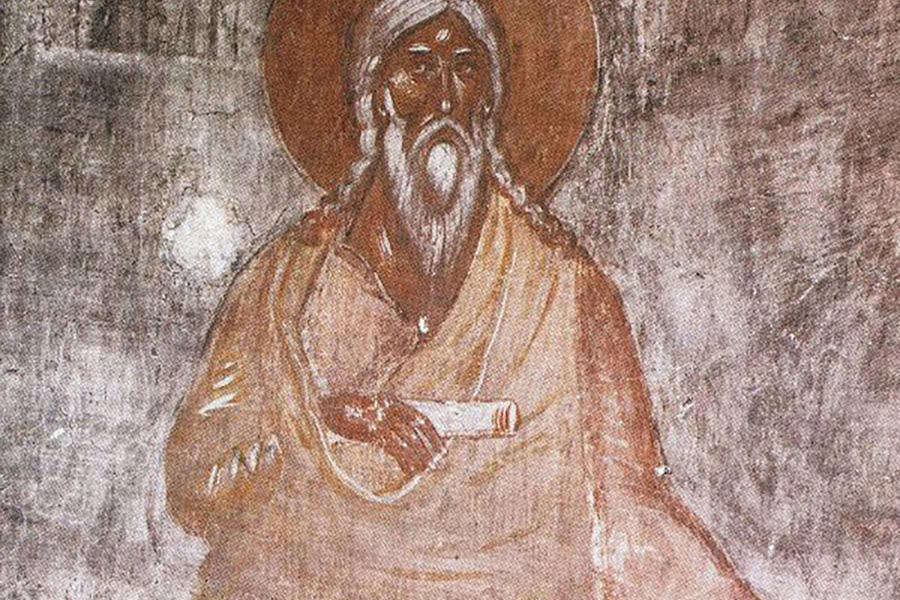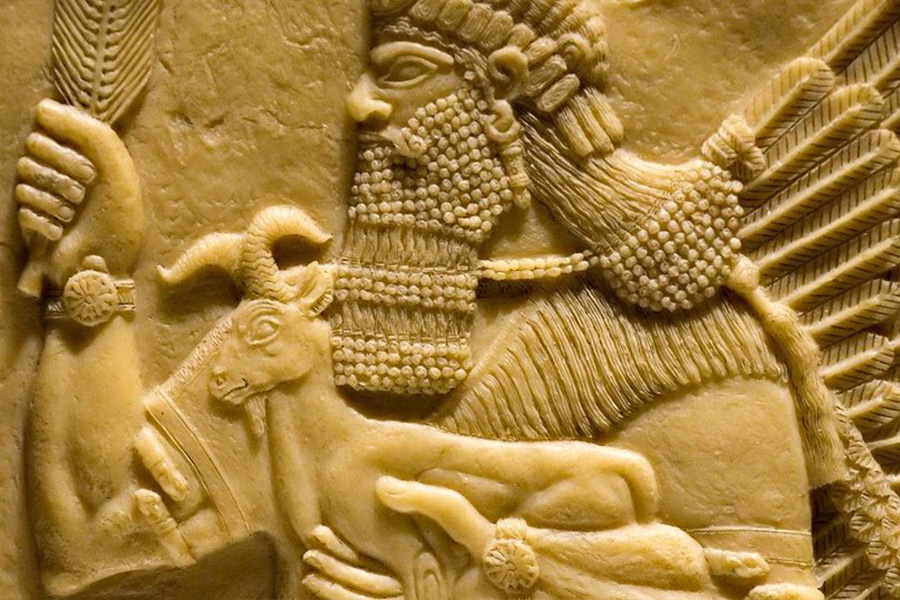The word darashah (𐤃𐤓𐤔𐤄) means “sermon” meaning any serious speech, discourse, or exhortation, especially on a moral issue.
The Paleo-Hebrew language or the original language of the Ābarayam is one spoken with an emphasis on the rauakh (breath, wind, spirit). With the language of the Ābarayam, each letter has a meaning and a number associated with it that adds meaning to each word they’re used with. Below you will be able to learn more about the letter in Ancient Hebrew, Yiddish Hebrew, Greek, and much more.
Letter Meanings
| Letter | Meaning |
|---|---|
| 𐤃 (d) – da | tent door, pathway Prefix: of, who, which, that, what |
| 𐤓 (r) – ra | head and person, man, beginning, top, rule, inheritance, possession |
| 𐤔 (sh) – sha | teeth, eat, consume, destroy, bite, two, change, divide, press, repeat |
| 𐤄 (h) – ha | look, behold, the, reveal, breath, life, man Suffix: to, toward, in the direction of, -ward, her, feminine form, it |
| Ābarayat Number | 509 = 4 (d) + 200 (r) + 300 (sh) + 5 (h) |
| Hebrew Gematria | |
| English Gematria | |
| Simple Gematria |
Based on the meaning of the letters the word could be defined as:
- “Pathway of man to consume breath (life)”
- “Pathway of man to consume man”
- “Pathway of man to change breath (life)”
- “Pathway of man to change man”
- “Pathway of beginning to consume breath (life)”
- “Pathway of beginning to consume man”
- “Pathway of beginning to change breath (life)”
- “Pathway of beginning to change man”
- “Pathway of inheritance to consume breath (life)”
- “Pathway of inheritance to consume man”
- “Pathway of inheritance to change breath (life)”
- “Pathway of inheritance to change man”
Definitions for 𐤃𐤓𐤔𐤄 / darashah
| Language | Word | Transliteration | Pronunciation | Definition |
|---|---|---|---|---|
| Ābarayat | 𐤃𐤓𐤔𐤄 | darashah | dara-shaw | sermon |
| English | sermon | sermon | sur-muhn | discourse for the purpose of religious instruction or exhortation, especially one based on a text of Scripture and delivered by a member of the clergy as part of a religious service. |
| Hebrew | דרשה | dresha | der-shaw | sermon |
| Arabic | ||||
| Greek |
Images for 𐤃𐤓𐤔𐤄 / darashah


Definitions for 𐤃𐤓𐤔𐤄𐤉 / darashahay
When adding the 𐤉 (yad) to the end of a word, it creates a possessive of the original word. It can either signify “my…” or identify a member of a nation. For example, 𐤏𐤁𐤓 (Ābar) is the progenitor, but 𐤏𐤁𐤓𐤉 (Ābaray) is the singular descendant of him also known as a Hebrew.
| Language | Word | Transliteration | Pronunciation | Definition |
|---|---|---|---|---|
| Ābarayat | 𐤃𐤓𐤔𐤄𐤉 | darashahay | dara-shawey | |
| English | ||||
| Hebrew | ||||
| Arabic | ||||
| Greek |
Images for 𐤃𐤓𐤔𐤄𐤉 / darashahay


Definitions for 𐤃𐤓𐤔𐤄𐤉𐤌 / darashahayam
When adding the 𐤌 (mayam) after the 𐤉 (yad) to the end of a word, it creates a plural of the original word. It can identify multiple members of a nation. For example, 𐤏𐤁𐤓 (Ābar) is the progenitor, but 𐤏𐤁𐤓𐤉𐤌 (Ābarayam) are the plural descendants of him also known as Hebrews.
| Language | Word | Transliteration | Pronunciation | Definition |
|---|---|---|---|---|
| Ābarayat | 𐤃𐤓𐤔𐤄𐤉𐤌 | darashahayam | dara-shawa-yawm | sermons |
| English | sermons | sermons | sur-muhns | any serious speech, discourse, or exhortation, especially on a moral issue. |
| Hebrew | ||||
| Arabic | ||||
| Greek |
Images for 𐤃𐤓𐤔𐤄𐤉𐤌 / darashahayam


Definitions for 𐤃𐤓𐤔𐤄𐤉𐤕 / darashahayat
When adding the 𐤕 (tau) after the 𐤉 (yad) to the end of a word, it creates a plural of the original word. It identifies the language or a sign of a nation’s existence. For example, 𐤏𐤁𐤓 (Ābar) is the progenitor, but 𐤏𐤁𐤓𐤉𐤕 (Ābarayat) is the language of him also known as Paleo-Hebrew language.
| Language | Word | Transliteration | Pronunciation | Definition |
|---|---|---|---|---|
| Ābarayat | 𐤃𐤓𐤔𐤄𐤉𐤕 | darashahayat | dara-shawa-yawt | sermon |
| English | sermon | sermon | sur-muhn | discourse for the purpose of religious instruction or exhortation, especially one based on a text of Scripture and delivered by a member of the clergy as part of a religious service. |
| Hebrew | ||||
| Arabic | ||||
| Greek |
Images for 𐤃𐤓𐤔𐤄𐤉𐤕 / darashahayat


Classification
You can continue your studies of the words by viewing Strong’s entries for:




